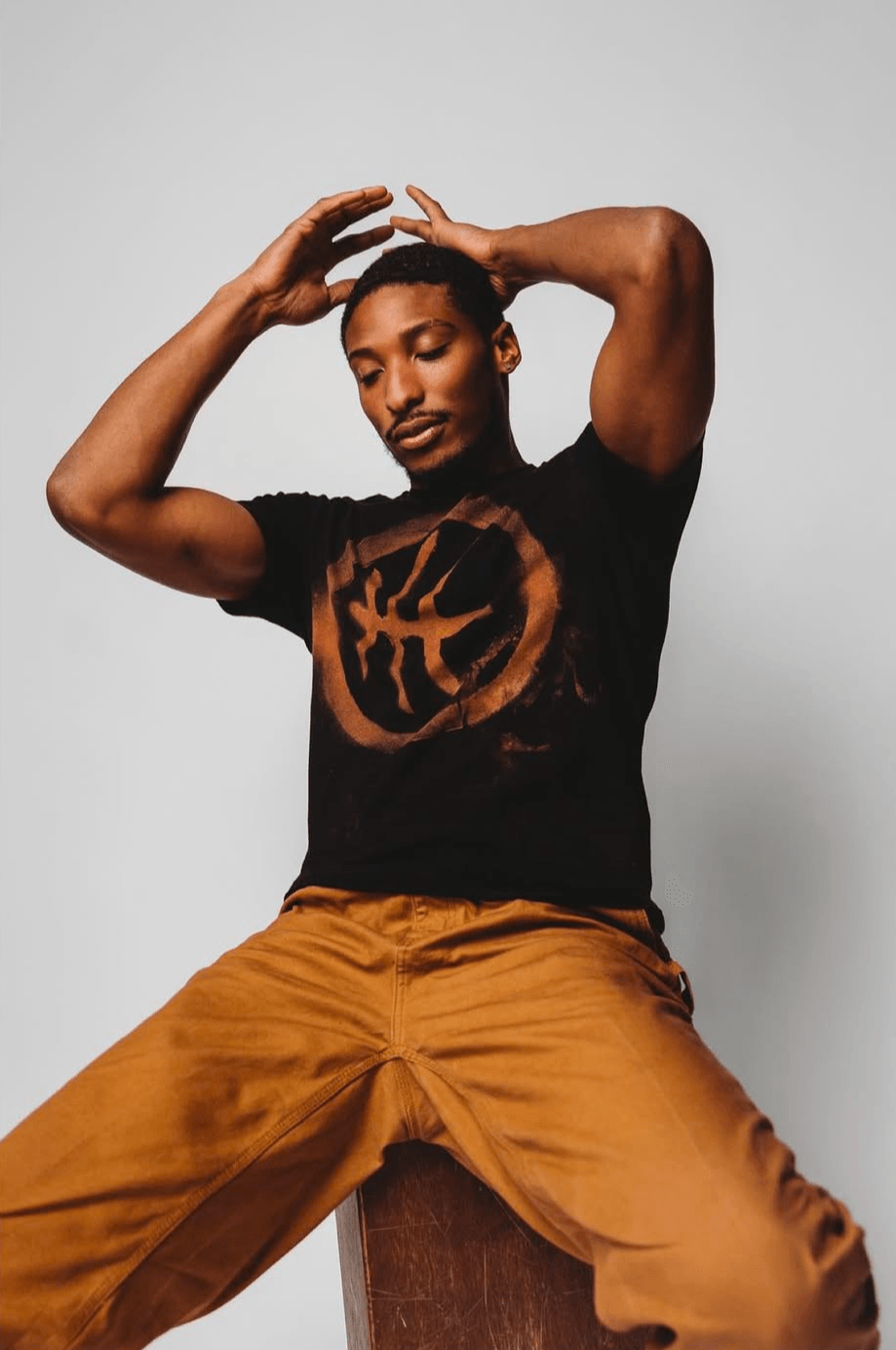We were lucky to catch up with Dorian Epps recently and have shared our conversation below.
Dorian, thanks for joining us, excited to have you contributing your stories and insights. Can you talk to us about a project that’s meant a lot to you?
The most meaningful project that I have worked on was titled “The Corner Store.” This was a collaborative study project, completed with fellow creative Beyonce Armstrong, during our time at Rhode Island School of Design (RISD) for my thesis in 2021. The Corner Store began with approaching the idea of what it means to understand the effects of black culture on society, and the inverse effects of society on black culture. We wanted to also explore the commodification of black bodies and black death in media and pop culture.
This project gave me the skills that I now use in my art practice every day. The areas I focused on for my thesis highlighted my talents as a jack of all trades. I learned to screen print designs, I developed a plan for construction of a store entirely out of reclaimed moving palettes, and began my sewing journey and made my own apparel and footwear for a fashion show. We created a night to highlight our identity, but also the skills we worked tirelessly to hone.
It was also a great display of community engagement and showed what representation means to people – because it was at the tail end of the pandemic, there were a lot of people looking to just be present and connect with other people again.
The work we did has informed what both myself, and Beyonce have gone on to do since we have graduated from RISD. I have continued developing what I formally called ‘OG Sportswear’ into my brand ‘Blacktop Market’, where I highlight the intersections of both sport, design, and community. I make most of my products through the means of communal donations, or upcycling/thrifting materials. Beyonce has developed her brand formerly known as ‘Kast Kids’ into ‘Hood Babies’. Check out her work as well! (insta: @beyonce_armstrong)
We showcased the importance of black art, culture, and spaces. The need for representation of black creatives in the art and design industry is necessary and this project gave us an opportunity to prove that.
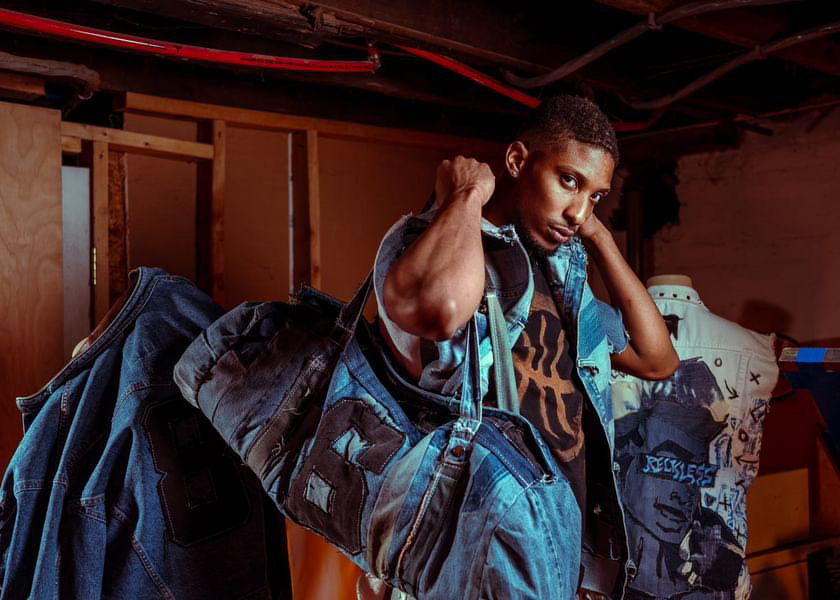
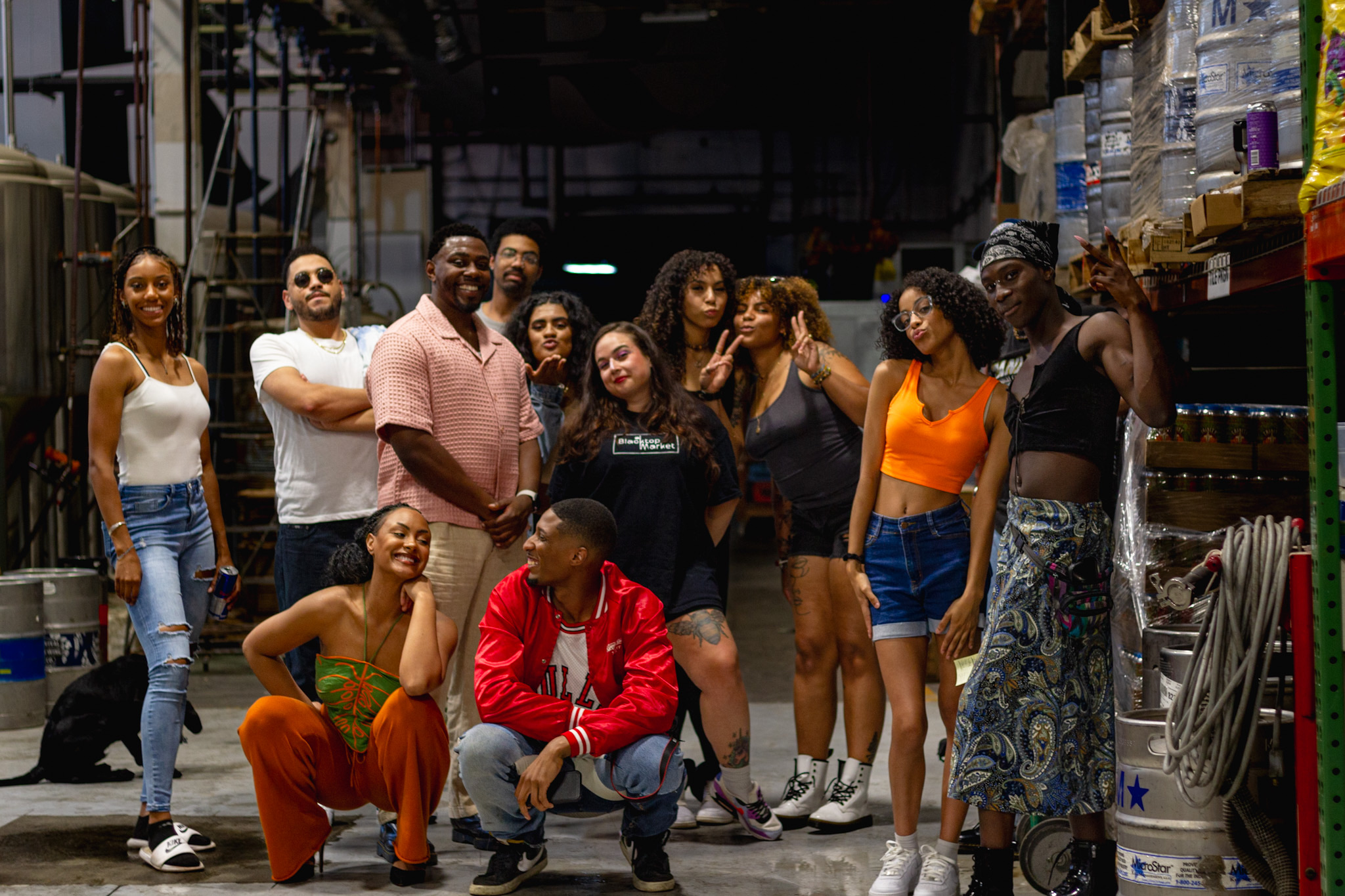
Awesome – so before we get into the rest of our questions, can you briefly introduce yourself to our readers.
I’m Dorian Epps, a multi-disciplinary creative driven by storytelling. My work often highlights the intersections of interests and passions that people may not immediately notice. Through my brand, Blacktop Market, I’m able to make an impact on those who love sports, art, and community. I aim to celebrate the greatness of basketball and raise awareness around sustainable and innovative sportswear design.
Growing up, I didn’t have access to high-end materials or the traditional resources some artists did, like figure drawing workshops. But this limitation taught me the value of resourcefulness—of making the most with what I had. This mindset has shaped my ability to create impactful work using unconventional materials.
My mission is to challenge the norms of the art world, much like many other artists are doing. I believe art is more than self-expression—it’s a means of sharing knowledge, stories, and history. As a designer, I want to create not only aesthetically pleasing but also functional products. By learning traditional techniques, I’m able to fuse them with my unconventional methods, pushing the boundaries of innovation.
Ultimately, I want to unite people through creative expression. Whether it’s through storytelling, design, or collaboration, I’m always ready to wear whatever hat is necessary to ensure every story is told with respect and care.
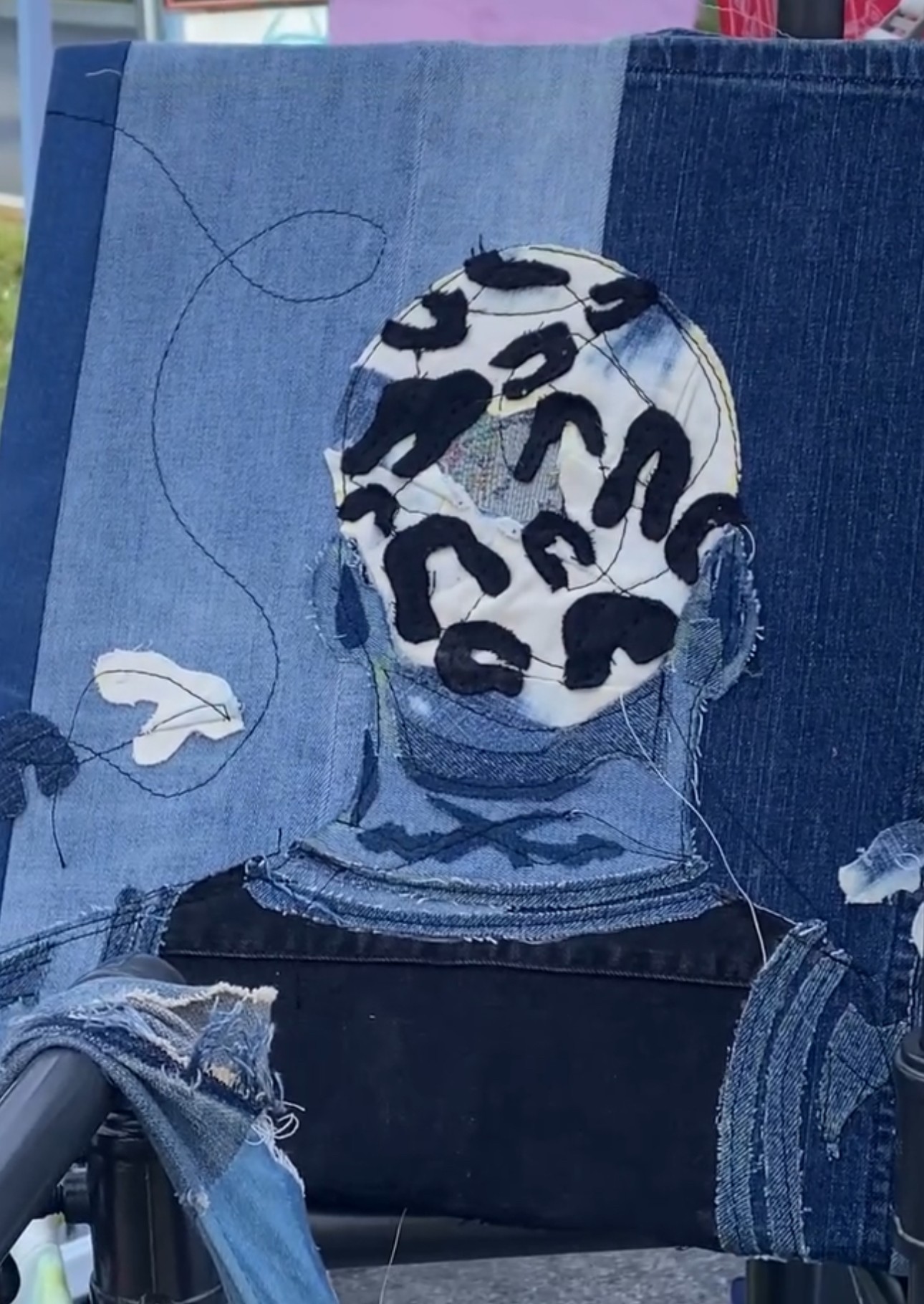

In your view, what can society to do to best support artists, creatives and a thriving creative ecosystem?
The biggest way to support the arts and artists is to actually learn who in your community has a skill or ability that you could hire or purchase works from. There are a lot of creatives who are constantly looking for work and it is tough when people are consistently complicit in the replacement of artists with AI (Artificial Intelligence)
I feel that most artist and designers are willing to barter or work with you. Especially if you are going through it financially and still want to support. That open communication is necessary for us to learn how to better serve our communities in need of creative solutions.
It is better to ask and see what we are willing to do, rather than eliminating us as an option entirely and becoming reliant on the cheaper faster option. That’s why we have so much textile waste and products with short lifespans!

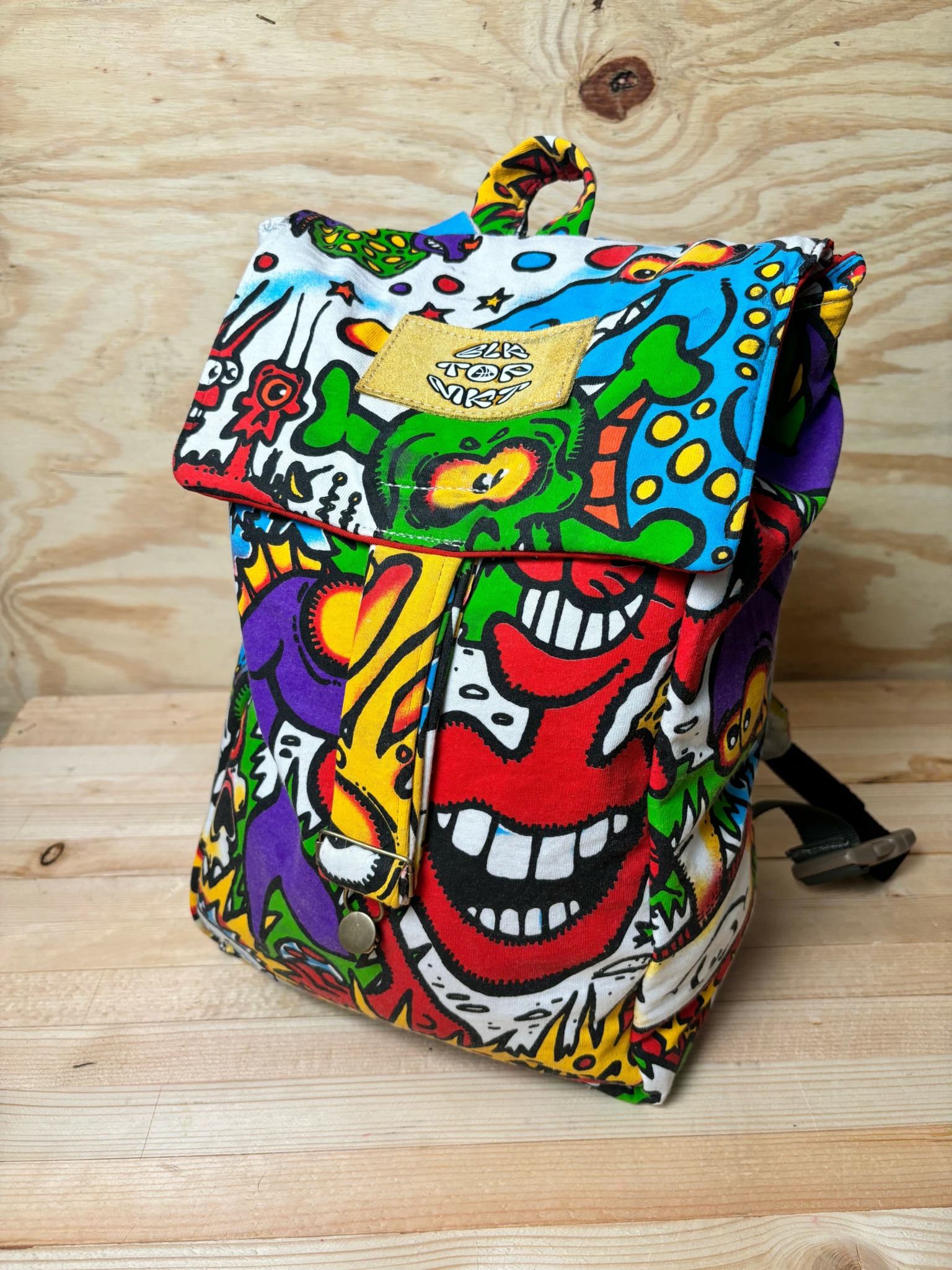
Looking back, are there any resources you wish you knew about earlier in your creative journey?
Local recycling centers are a key resource for me—they’re like a thrift store but with a wider variety of materials. You can donate and purchase all sorts of things, which is perfect for me because it lets me keep working with unconventional materials to create products for my business. I always find interesting, unexpected items that inspire new ideas.
Another important part of my journey has been ArtProf. It’s a free platform and community I didn’t discover until after my time at RISD. I started as a teaching artist with them two years ago, and their archive of videos and reference materials is a goldmine for anyone just starting out in their creative journey—no matter their age!
What’s amazing about ArtProf is that all of us on the teaching artist staff have our own businesses and creative pursuits, but we’re united by a shared love for the art community. We’re committed to making art education accessible and believe in sharing knowledge, not gatekeeping it.
Contact Info:
- Website: https://dorianepps.myportfolio.com
- Instagram: https://www.instagram.com/dorianepps_/?hl=en
- Linkedin: https://www.linkedin.com/in/dorian-epps-214b5a15b/
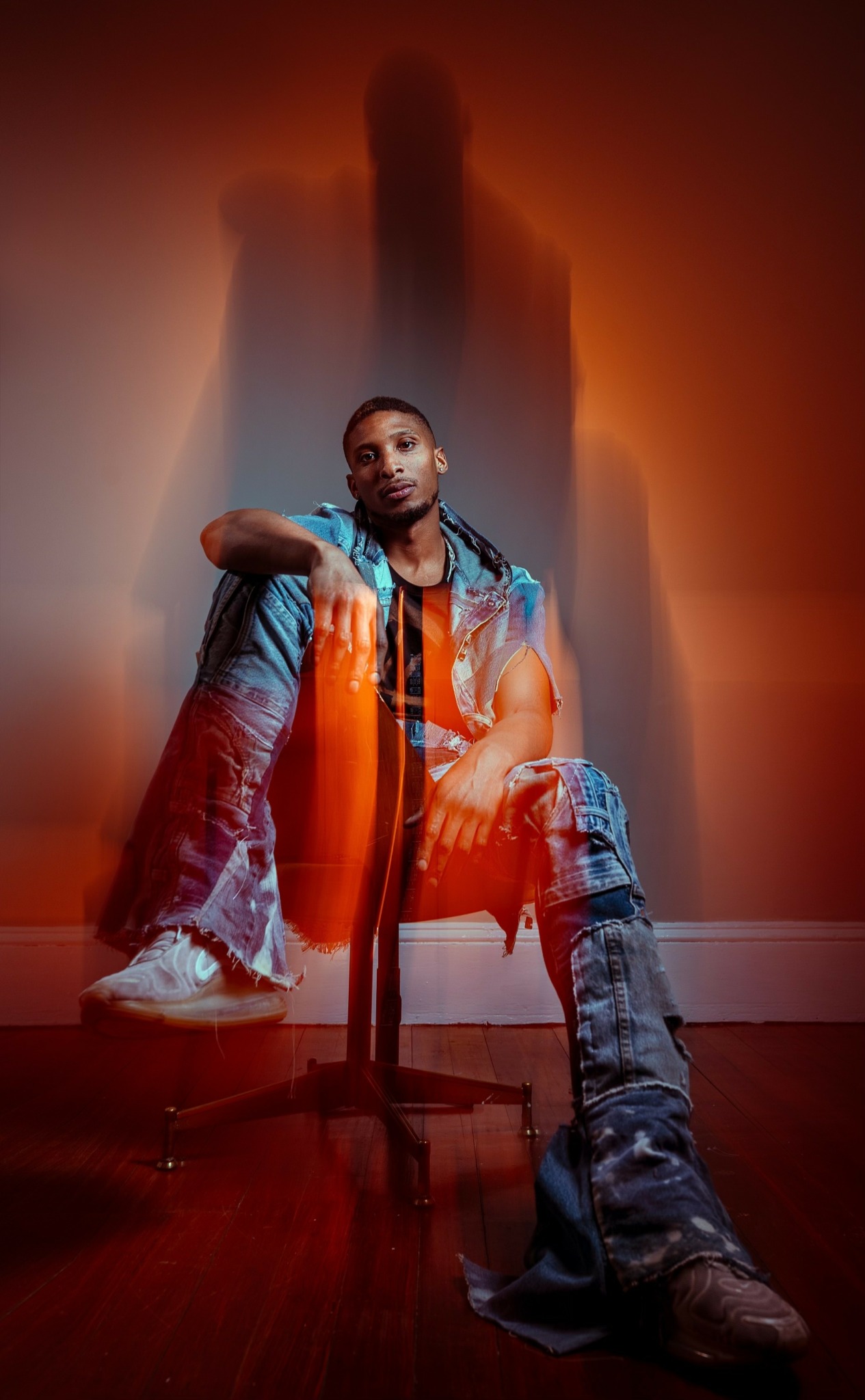

Image Credits
Zaiir Talmadge
Cole Harper
Stephanie Alvarez Ewens


